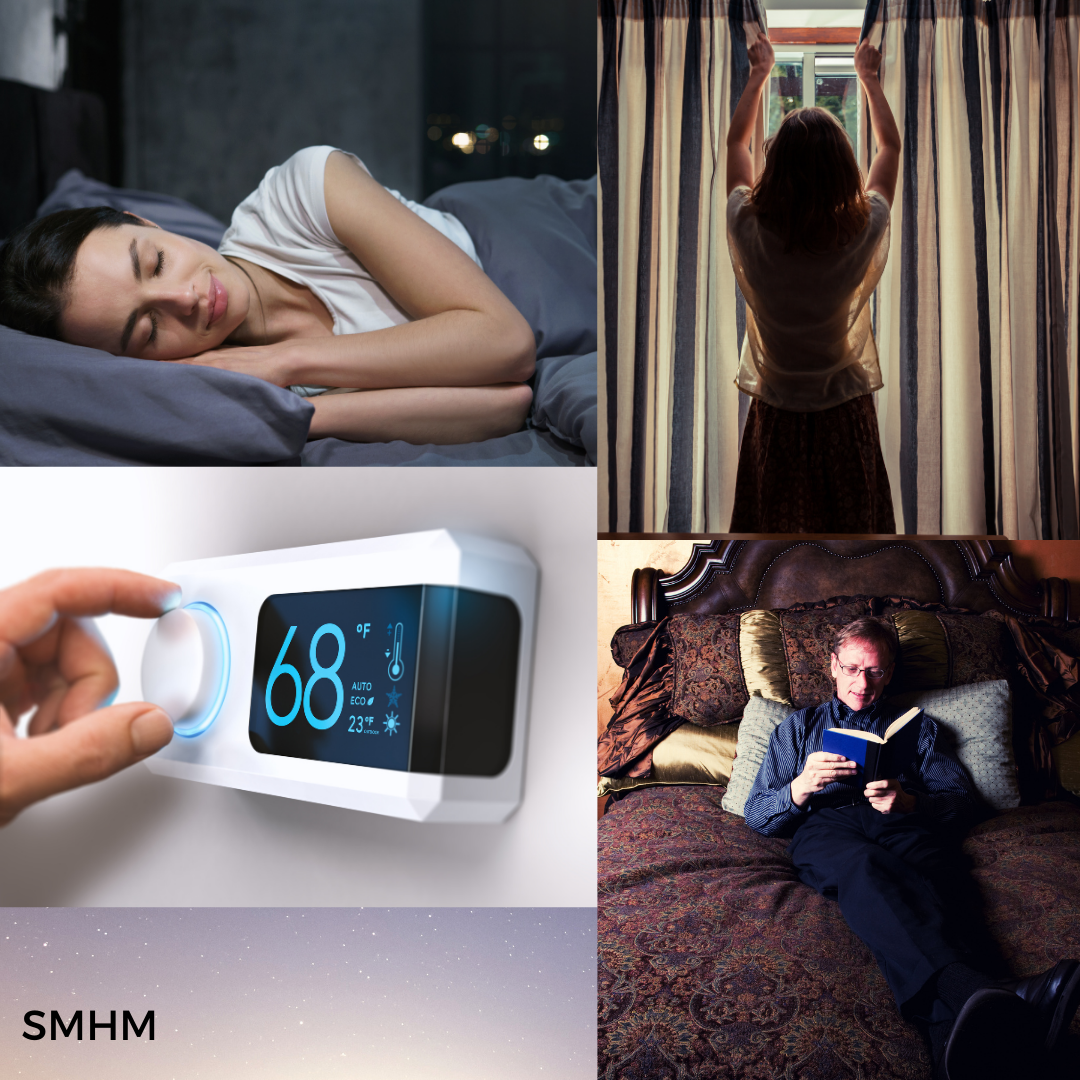
SLEEP HYGIENE
Sleep Hygiene?
Sleep hygiene, also known as good sleep habits, are used to improve one's overall sleep quality and health.
Getting poor or inadequate sleep has been associated with reduced concentration and attention, decreased mental, physical, and emotional well-being and heightened symptoms of anxiety.
Having a sleep hygiene routine can help you enhance your ability to fall asleep and stay asleep throughout the night so that you wake up feeling fully rested.
When you get enough quality sleep anxiety producing situations appear to be a slightly more manageable, allowing individuals to engage and participate more in tasks that are required to be a student such as:
- working in groups
- talking in class or answering questions
- talking with professors or peers
- studying in the library or around peers
- taking tests, quizzes, or doing homework
Recommendations for Sleep Hygiene

Research on sleep hygiene provides the following recommendations:
- keeping a consistent sleep schedule
- going to bed when tired
- performing a relaxing bedtime routine
- limiting exposure to bright light
- exercising regularly
- using the bedroom only for sleep and sexual relations
- and trying to get a minimum of seven hours rest each night
Studies have shown that there are a few things one may want to consider prior to going to sleep which include:
- avoid going to bed thirsty or hungry
- avoid stress-provoking activity prior to bed (e.g. arguments, or watching the news)
- avoid consuming caffeine in the evening
- create a relaxing sleep environment
For more information on what sleep hygiene is and how to develop a personalized nightly routine read "Sleep Hygiene" by the Sleep Foundation.
Considerations Before Developing A Sleep Hygiene Routine
Do you value adequate rest and sleep enough to develop and habituate a sleep hygiene routine?
Is your bedroom environment supportive of a sleep hygiene routine?
Studies have shown the following ways to modify your bedroom:
- Adding black out curtains to all windows in the room to reduce the amount of light that comes into the bedroom
- Lowering the temperature in the bedroom between 60-67 degrees Fahrenheit (For tips on how to keep your room cool read the article "The Best Temperature for Sleep" by the Sleep Foundation)
- Reduce distracting noise
- Have comfortable bedding
An Example of a Sleep Hygiene Routine
- Set time to be asleep for 10:00 pm
- Start sleep hygiene routine at approximately 9:00 pm - 9:15 pm (brushing teeth, taking medications, close the blackout curtains, and turning down the air to 68 degrees Fahrenheit)
- Gett in bed and read with low lighting
- Classical music playing gently in the background
- Once reading is done, turn off light and music
- Turn on sound machine and do diaphragmatic breathing until falling asleep
